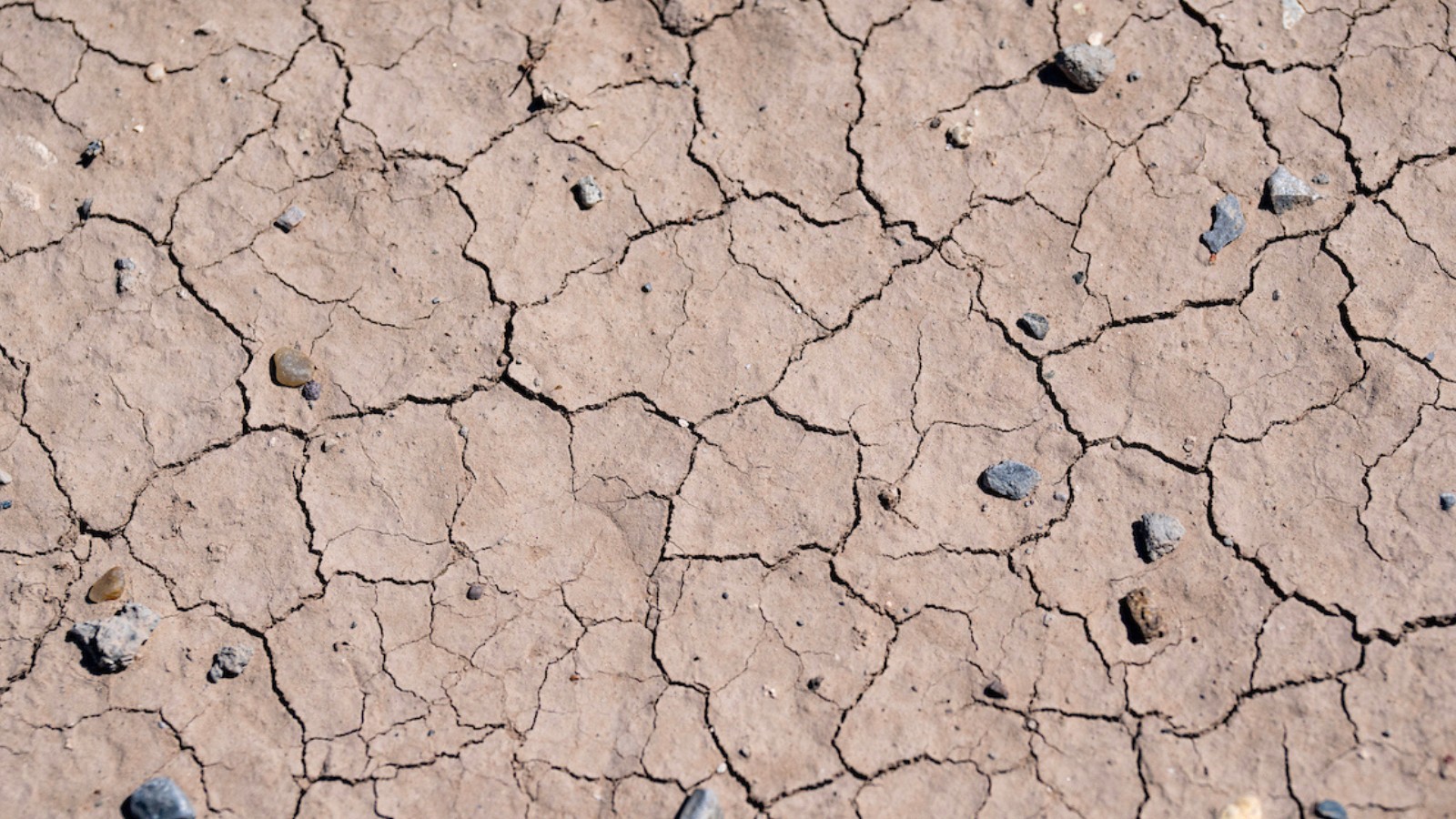An integrated approach to identifying and assessing priority transboundary aquifers
The United States (US)-Mexico Transboundary Aquifer Assessment Program (TAAP) was established under the 2006 Act (Public Law 109-448) to develop and implement an integrated scientific approach to identify and assess priority transboundary aquifers.
The overarching goal of TAAP is to produce scientific products for priority transboundary aquifers that—are capable of being broadly distributed and provide the scientific information needed by water managers and natural resource agencies on both sides of the United States-Mexico border to accomplish the missions of the managers and agencies effectively. Priority aquifers were named in the TAAP Act, and are the Hueco Bolson under Texas and Chihuahua Mexico, the Mesilla/Conejos-Médanos aquifer running underneath New Mexico and Chihuahua Mexico, and the San Pedro and Santa Cruz aquifers under the state of Arizona and Sonora, Mexico.
The USGS Water Science Centers (WSC) and the Water Resources Research Institutes (WRRI) of Texas, New Mexico, and Arizona have worked collaboratively and will continue to work collaboratively under TAAP to achieve common goals by capitalizing on the capabilities and expertise that each organization possesses. The U.S. and Mexican State Departments facilitate bilateral projects and collaboration with Mexican universities and federal agencies such as the National Water Commission. In 2016 TAAP was added as a Regional Groundwater Availability Study under the Water Availability and Use Science Program of USGS.
TAMU Team (John Tracy, Rosario Sanchez, and Zhuping Sheng) focus on the shared aquifers along the US-Mexico border within Texas, including Hueco Bolson and Mesilla Basin aquifers as identified in the original Act.

